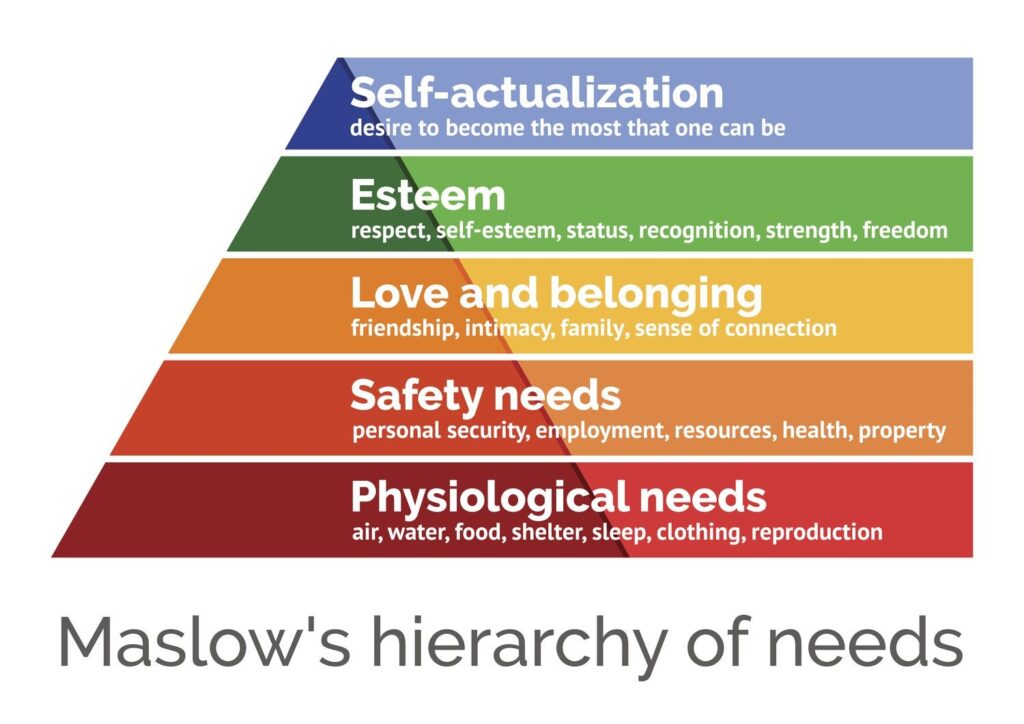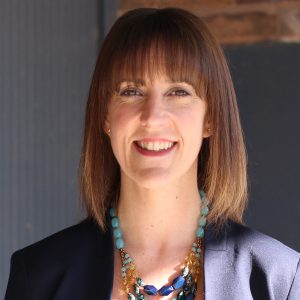
When opposing views regarding a social issue begin to divide a normally unified group, we call that a wedge. This wedge tactic is deployed to fracture support for an issue. But what if, instead of allowing the wedge to further drive us apart, that fracture actually created an opportunity to find common ground?
“Maslow’s hierarchy of needs, proposed by Abraham Maslow, presents a framework suggesting that human motivation stems from a hierarchy of five fundamental categories: physiological, safety, love, esteem, and self-actualization. The theory posits that as individuals progress through these needs, they experience a greater sense of fulfillment and motivation.” (Source)

When the wedge issue is lower on the hierarchy, such as physiological and safety needs, the passion and engagement increases, because the issue is threatening our very survival. But what if, instead of fueling the fire of division, we could leverage the wedge to show our common need? We believe the simple act of changing the language and focus of the communication regarding the issue can bring people together to address those needs as a community vs. further dividing us.
As humans, we make decisions based on emotions and rationalize with facts. Homing in on the emotional drivers behind the issue can help us find commonality. Identifying which emotion, or emotions, are driving a decision or behavior can take us a level deeper than the rhetoric. In empathy, we can find common ground and begin to build a bridge.
For example, when we worked with 529 College Savings Plan Network, we found that young parents, who were just starting a family, were the largest group currently working to pay back their student loans. This generation was saddled with the $1.5 trillion student debt crisis. This meant that the group who had the best chance to see the true value of saving through a 529 – by saving a little each month over the entire course of their child’s upbringing – was being asked to pay for their student loans and their children’s future education at the same time. Some were even foregoing contributing to their own retirement and putting money in a traditional savings account.
Nationally, the conversation only focused on whether there should be student loan forgiveness or not and the rising cost of college tuition. The 24/7 news cycle painted a very doom and gloom outcome. But rather than continue to play into that wedge, we built a bridge. We can all agree we want to solve the student debt crisis for the next generation. The emotional drivers of pride and control could perpetuate the division. But if we are empathetic and approach communication from the foundational side of what drives us, we can find community.



